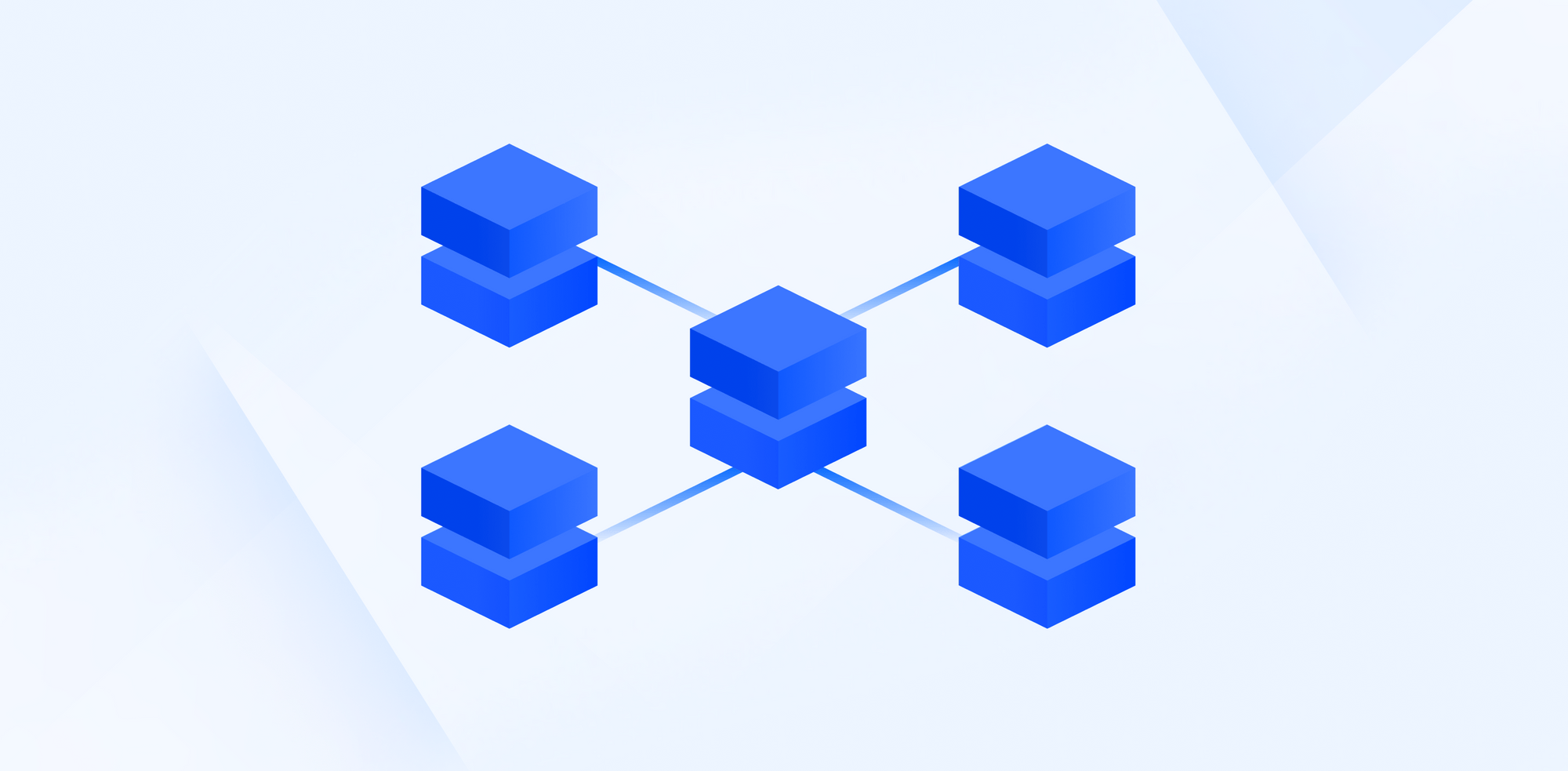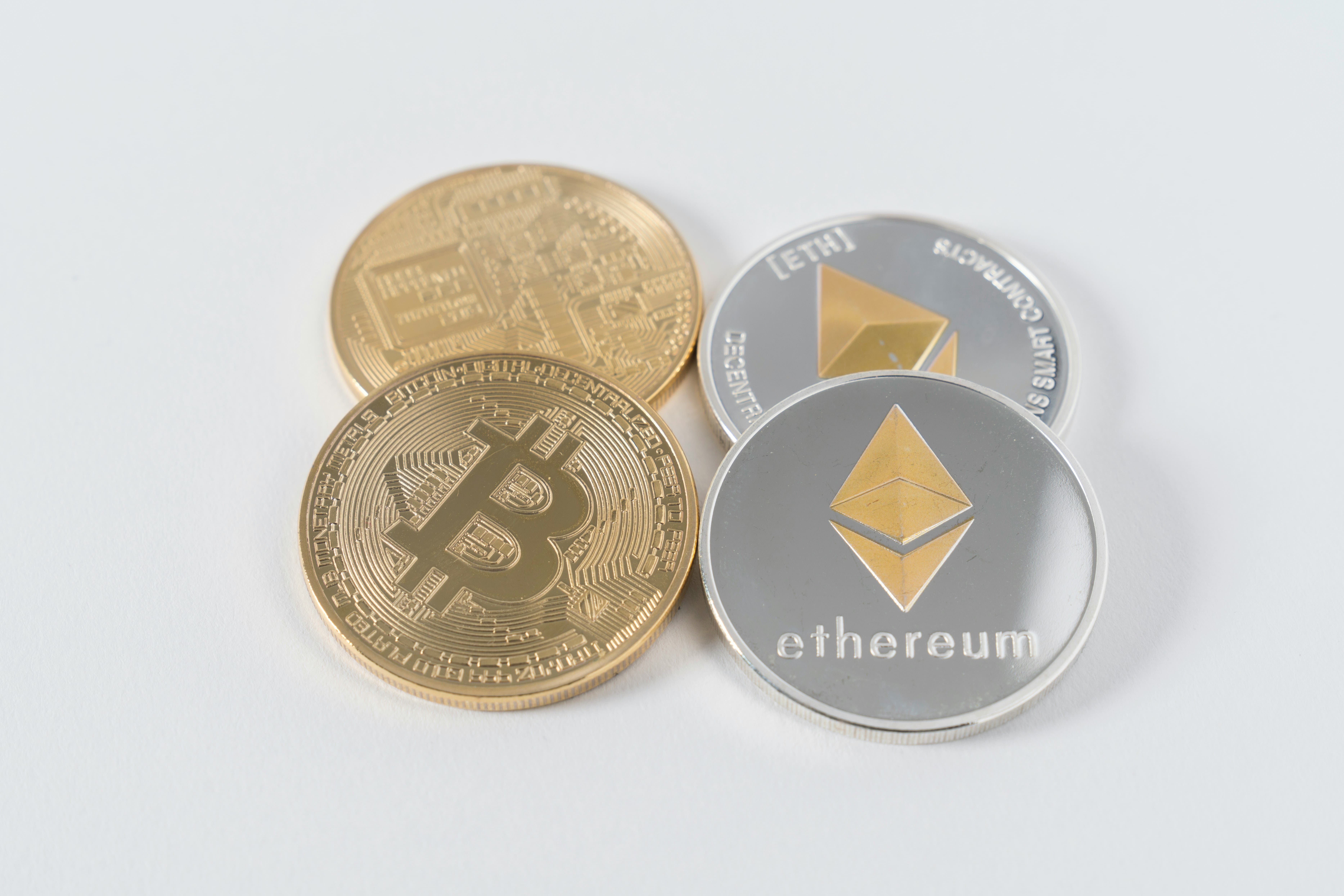Blockchain & Cryptocurrency: The Connection

In the ever-evolving landscape of digital innovation, few concepts have captured the imagination of both technologists and the general public quite like blockchain and cryptocurrency. Often used interchangeably, these two groundbreaking technologies are indeed intricately linked, yet they possess distinct characteristics and functionalities. In this comprehensive guide, we delve into the symbiotic relationship between blockchain and cryptocurrency, unraveling their complexities and exploring their profound impact on various facets of our lives.
Also Read: Introduction to Blockchain for Beginners by Dr. Amar Panchal by Career Credentials
Understanding Blockchain: The Backbone of Digital Revolution

At its core, blockchain serves as a decentralized ledger that records transactions across a distributed network of computers. Originating alongside the advent of Bitcoin, blockchain technology introduced a paradigm shift in how we perceive and conduct transactions. Unlike traditional centralized systems, blockchain operates without a single controlling authority, offering transparency, immutability, and enhanced security.
Each transaction is encapsulated within a "block," which, once verified by network participants through consensus mechanisms, is added to a chronological chain of blocks – the blockchain. This decentralized nature ensures that no single entity can manipulate the ledger, instilling trust and reliability in the digital realm.
Learn Now: Introduction to Blockchain for Beginners by Dr. Amar Panchal for FREE!!
Decrypting Cryptocurrency: Beyond Digital Coins

Cryptocurrency, a fusion of cryptography and currency, represents digital assets designed for secure and efficient exchange. While Bitcoin, the pioneering cryptocurrency, propelled blockchain into the spotlight, the crypto landscape has since expanded exponentially, encompassing a myriad of digital coins and tokens.
Cryptocurrencies leverage blockchain technology as the underlying infrastructure for recording and validating transactions. Through cryptographic techniques, they ensure the integrity and confidentiality of financial interactions, enabling peer-to-peer transfers without intermediaries.
Enroll now: "Machine Learning: Beginner's Guide" by Prashant Sir and kickstart your journey into the world of AI and data science.
Synergies and Distinctions: How Blockchain and Cryptocurrency Intersect
While blockchain and cryptocurrency are often intertwined, they possess distinctive features and functionalities that complement each other synergistically:
- Advanced Technologies: Both blockchain and cryptocurrencies epitomize cutting-edge technological innovation, challenging conventional notions of finance and data management.
- Intangible Nature: Blockchain and cryptocurrencies transcend physical manifestations, existing as digital entities distributed across decentralized networks.
- Interdependence: While blockchain serves as the foundation for cryptocurrencies, the proliferation of digital currencies has propelled the adoption and evolution of blockchain technology.
Check Out: AI and Data Scientist Roadmap by Career Credentials for FREE!!
Beyond Cryptocurrency: Exploring Blockchain Applications
While cryptocurrencies represent a prominent use case for blockchain technology, its potential extends far beyond digital currencies. Here are some innovative applications of blockchain:
- Facilitating Exchange and Transfer: Blockchain revolutionizes the financial sector by facilitating seamless, secure, and transparent transactions, eliminating intermediaries and enhancing efficiency.
- Cybersecurity: The decentralized nature of blockchain enhances cybersecurity by mitigating single points of failure and offering robust protection against unauthorized access and data tampering.
- Smart Contracts: Blockchain enables the execution of self-executing smart contracts, automating and enhancing the efficiency of various contractual agreements across diverse industries.
- NFTs: Non-fungible tokens (NFTs), leveraging blockchain technology, authenticate ownership of unique digital assets, ranging from artwork to virtual real estate, within the burgeoning metaverse.
- Record Availability: Blockchain enhances data transparency and accessibility, enabling streamlined record-sharing across industries, such as healthcare and insurance, to expedite processes and enhance accountability.
- Voting Systems: Blockchain-based voting systems offer tamper-proof and transparent elections, ensuring the integrity and legitimacy of democratic processes.
The Future Landscape: Evolution and Innovation
As we navigate the evolving landscape of blockchain and cryptocurrency, it's evident that these technologies will continue to shape our future in profound ways. While the symbiotic relationship between blockchain and cryptocurrencies remains strong, ongoing innovations, such as non-blockchain-based cryptocurrencies like IOTA, herald a new era of exploration and transformation.
Enroll Now: Coding Fundamentals by Dr. Amar Panchal, start your coding journey now!!
Conclusion
In conclusion, blockchain and cryptocurrency represent two intertwined yet distinct pillars of the digital revolution. While blockchain underpins the infrastructure for secure and decentralized transactions, cryptocurrencies serve as the digital assets driving financial innovation. Embracing the symbiotic relationship between these technologies, we embark on a journey of exploration and innovation, poised to redefine the fabric of our digital economy and society at large.
Confused About Your Career?
Don't let another opportunity pass you by. Invest in yourself and your future today! Click the button below to schedule a consultation and take the first step towards achieving your career goals.
Our team is ready to guide you on the best credentialing options for your aspirations.
Let's build a brighter future together!
Empower Yourself. Elevate Your Career at Career Credentials Where Education meets Ambition.


